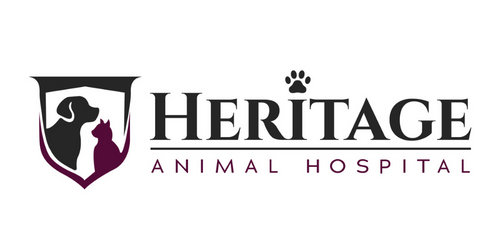5 Typical Soft Tissue Operations for Pets
Many pets require surgical operations ranging from simple elective procedures like spaying or neutering to life-saving surgery. Soft tissue and orthopedic operations are commonly performed in regular veterinary facilities. However, some sensitive soft-tissue surgeries necessitate the use of specialized veterinary facilities. Here are five soft-tissue operations that are commonly performed in veterinary practices.
#1: Surgical removal of foreign objects
Pets frequently consume items that can clog their digestive tracts and lead to the recovery of a variety of foreign objects. The following items are regularly taken from dogs and cats:
Corn stalks
Clothes, particularly socks
Bones
Plastic and rubber toys
Thread Hair Bands
While cats regularly chew on string-like objects that can cause catastrophic harm by becoming knotted in their intestines and cutting through them, dogs are more picky about what they chew on.
#2: Surgery to remove a mass
Pets can develop a variety of benign and malignant cancers. These lumps and bumps can swiftly spread, form ulcers, or arise in places where it is difficult to move, breathe, or eat. Skin, ear, mouth, and belly masses can all be surgically removed.
#3: Spaying and neutering procedures
Spaying and neutering are the most common procedures performed in veterinary clinics. These operations, which involve the removal of reproductive organs, are carried out on a daily basis. These techniques are mostly used on pets to prevent behavioral and health problems.
#4: Bladder stone removal surgery
Bladder stones are common in pets and can be caused by genetics, urinary tract diseases, poor diet, and dehydration. Certain prescription diets can dissolve certain types of stones; nevertheless, to avoid urinary blockage, other types of stones require surgical removal and thorough bladder cleansing.
#5: Brachycephalic obstructive pulmonary syndrome surgery
As the popularity of breeds such as pugs, English bulldogs, and French bulldogs grows, so are procedures to address brachycephalic obstructive airway syndrome (BOAS). Some breeds may require treatments such as laryngeal sac excision, soft palate shortening, or nostril opening due to their flat faces.
Please contact our team if you have any questions about the soft tissue surgery that your pet will soon undergo.

